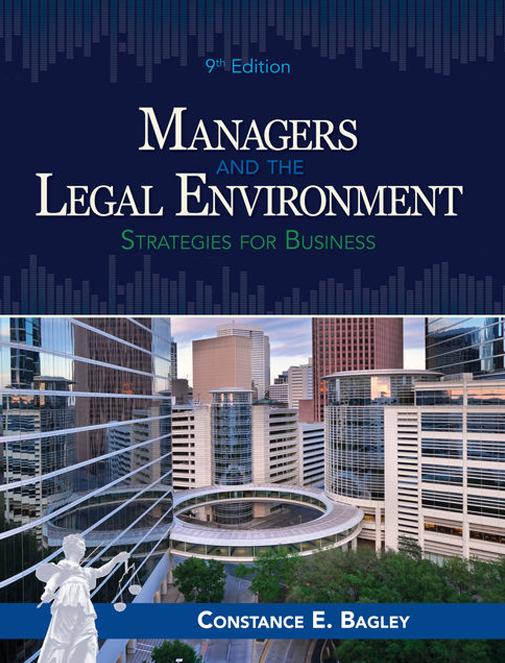Question
2. Consider the following 'monetized' Ricardian model of international trade. Let w = wage rate, L /unit = the amount of labor time required to

2.Consider the following 'monetized' Ricardian model of international trade. Letw= wage rate,L/unit = the amount of labor time required to make 1 unit of the good in
question,PC= price of cloth,PWn= price of wine, = British pound,esc= escudo (old Portuguese currency). Assume that the exchange rate ise=1esc/1. LetE= England and Pt= Portugal.
a.Fill in the blanks using what we assume in this model.
b.Which country has the comparative advantage in Cloth? Explain how you
figured this out.
c.Give the range in which the exchange rate can 'lie' and still have trade according to comparative advantage.
d.If the exchange rate rose toe=1.2esc/1, which country would tend to 'lose its
advantage?' Explain intuitively.
e.If the wage in England fell to 0.4, which country would lose its incentive to do what? Explain briefly.

Step by Step Solution
There are 3 Steps involved in it
Step: 1

Get Instant Access to Expert-Tailored Solutions
See step-by-step solutions with expert insights and AI powered tools for academic success
Step: 2

Step: 3

Ace Your Homework with AI
Get the answers you need in no time with our AI-driven, step-by-step assistance
Get Started


